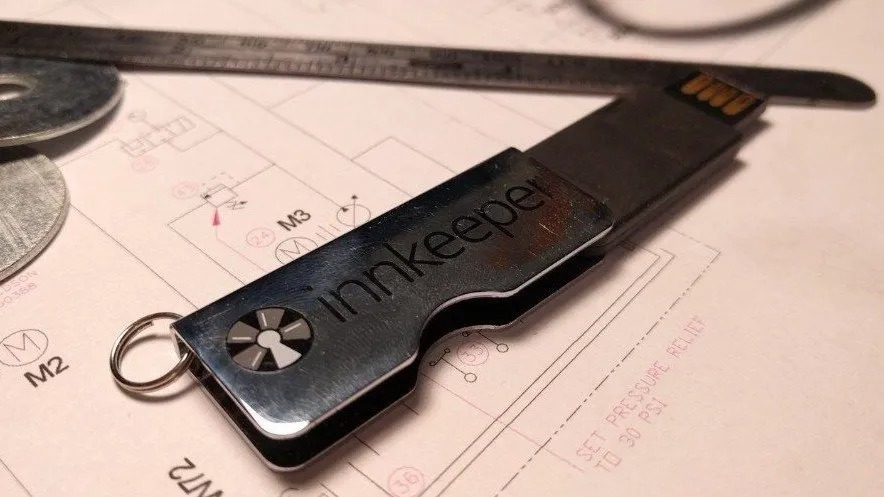When it comes to test equipment design there are two main types of control available: open loop control and closed loop control. The key difference between these types of control systems involves how they handle feedback.
Closed Loop Control
Closed loop control systems use live feedback to adjust/modify/change the drive command in real time. A classic example of a closed loop control system is Cruise Control in your car. You set a speed, which is your COMMAND value. The car continuously monitors your actual speed, which is your FEEDBACK. This difference, called ERROR, is used to send more or less gas to your engine. If you start going up a hill and slowing down, or down a hill and speeding up, your Cruise Control constantly measures the difference between COMMAND and FEEDBACK and makes the change to the gas pedal in real time. In testing, closed loop controls are used when you want to continuously adjust your movement (for ex. linear cylinder or motor) based on live information at the specimen (for ex. load cell, string-pot, encoder…). Since closed loop controls are more responsive to changes during the testing process, closed loop control systems are more accurate and repeatable than open loop controls. They’re also more complex systems than open loop controls, which makes them a more expensive option that has a more involved implementation process.
It’s important to note that there are various types of closed loop controls, such as continuous closed loop controls and discrete closed loop controls. Continuous closed loop control is as described above, and is necessary when wave-shaping is required (the test specification may require sinusoidal or trapezoidal movements, for example) or high levels of repeatability are needed. Discrete closed loop control also uses feedback but only changes the command when a desired level/value is crossed. This is similar to using a limit switch to stop a cylinder from moving when the switch state changes. You can replace the switch with a load cell or string-pot and stop the move at a particular feedback level. Discrete closed loop systems are simpler in design and more cost effective than continuous closed loop systems.
Open Loop Control
While closed loop control actions are modified by feedback, open loop control systems are merely on/off. They don’t respond to changes during testing the same way that closed loop systems do, which means the operator may not be aware of variations or disturbances that occur during testing. A key benefit to open loop controls is that they’re much simpler systems, which means they’re more affordable than closed loop controls and are easier to implement.
Which One is Best?
Both types of controls have their benefits and which one is best for you can depend on several different factors. For example, if your testing process rarely involves disturbances that can alter your results or quantitative measurement isn’t an issue, open loop controls can be a cost-effective solution. But if accuracy is a critical part of your testing process or it would make more sense to have automated responses to disturbances during testing instead of using human oversight, closed loop controls are a better option. It’s also worth noting that you don’t necessarily have to choose one or the other. Many companies use both types of controls as part of their testing processes.
Need help implementing a new control system for your testing equipment? Innkeeper LLC is experienced in developing complete control systems for hydraulic, electromechanical and pneumatic systems. Contact us for help with your project.

